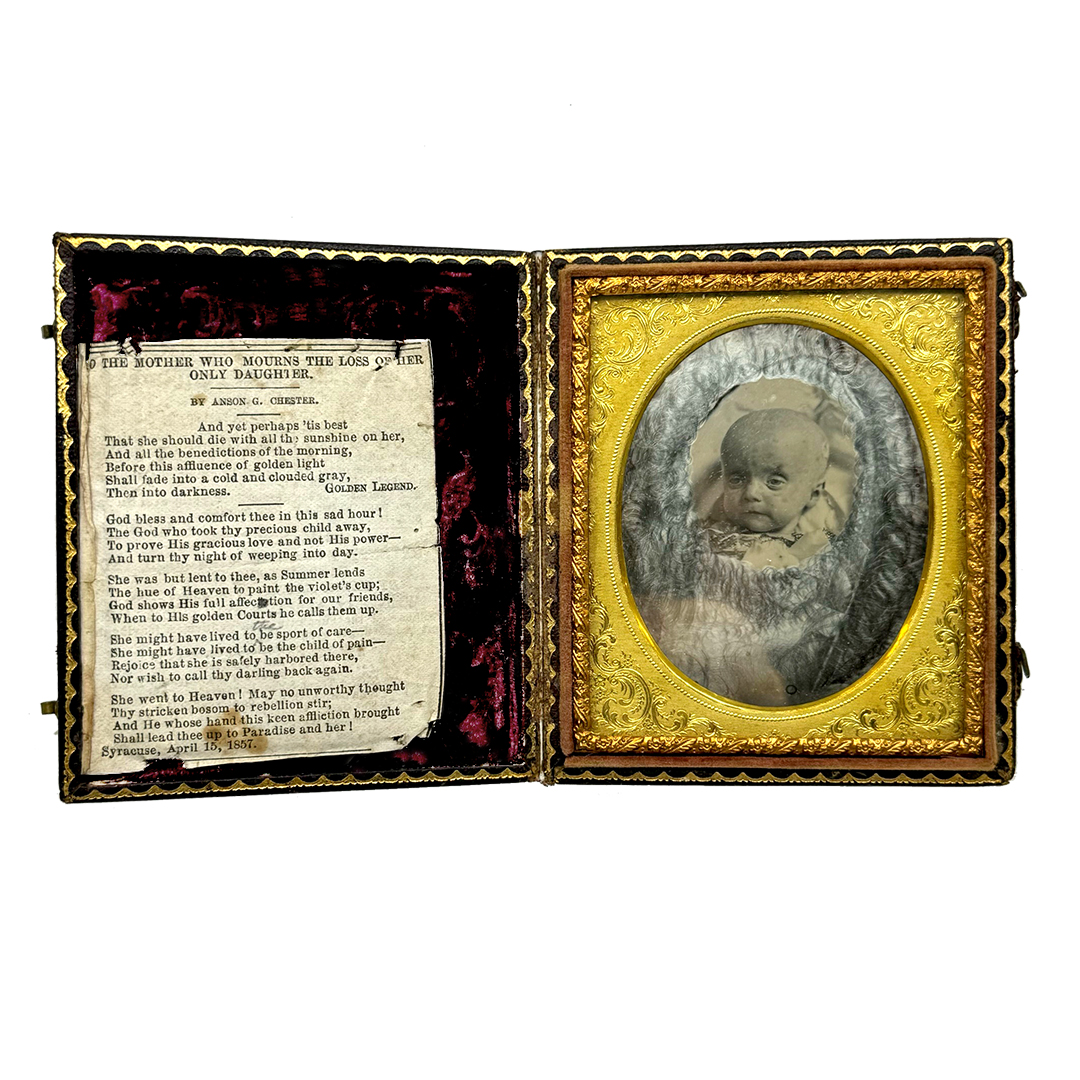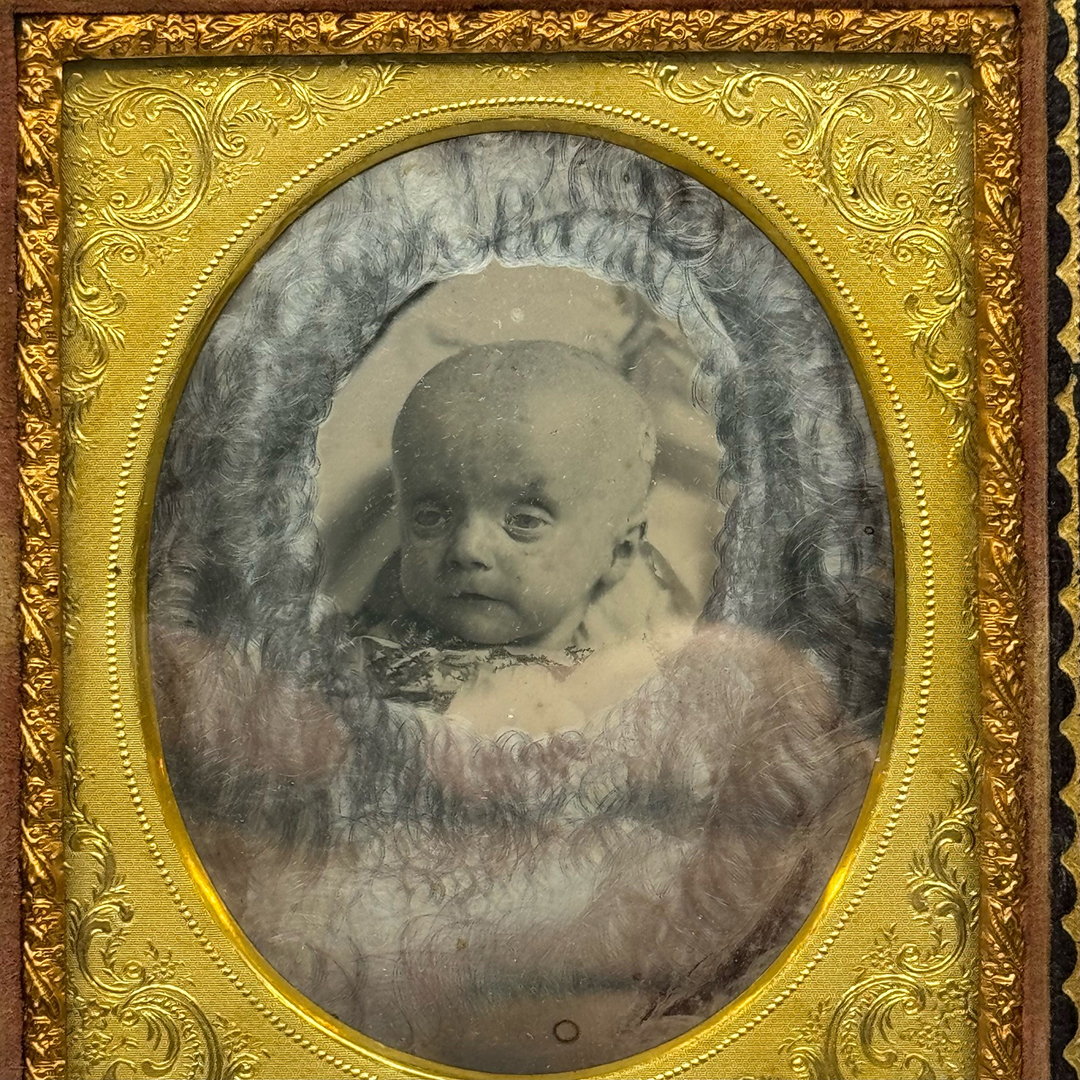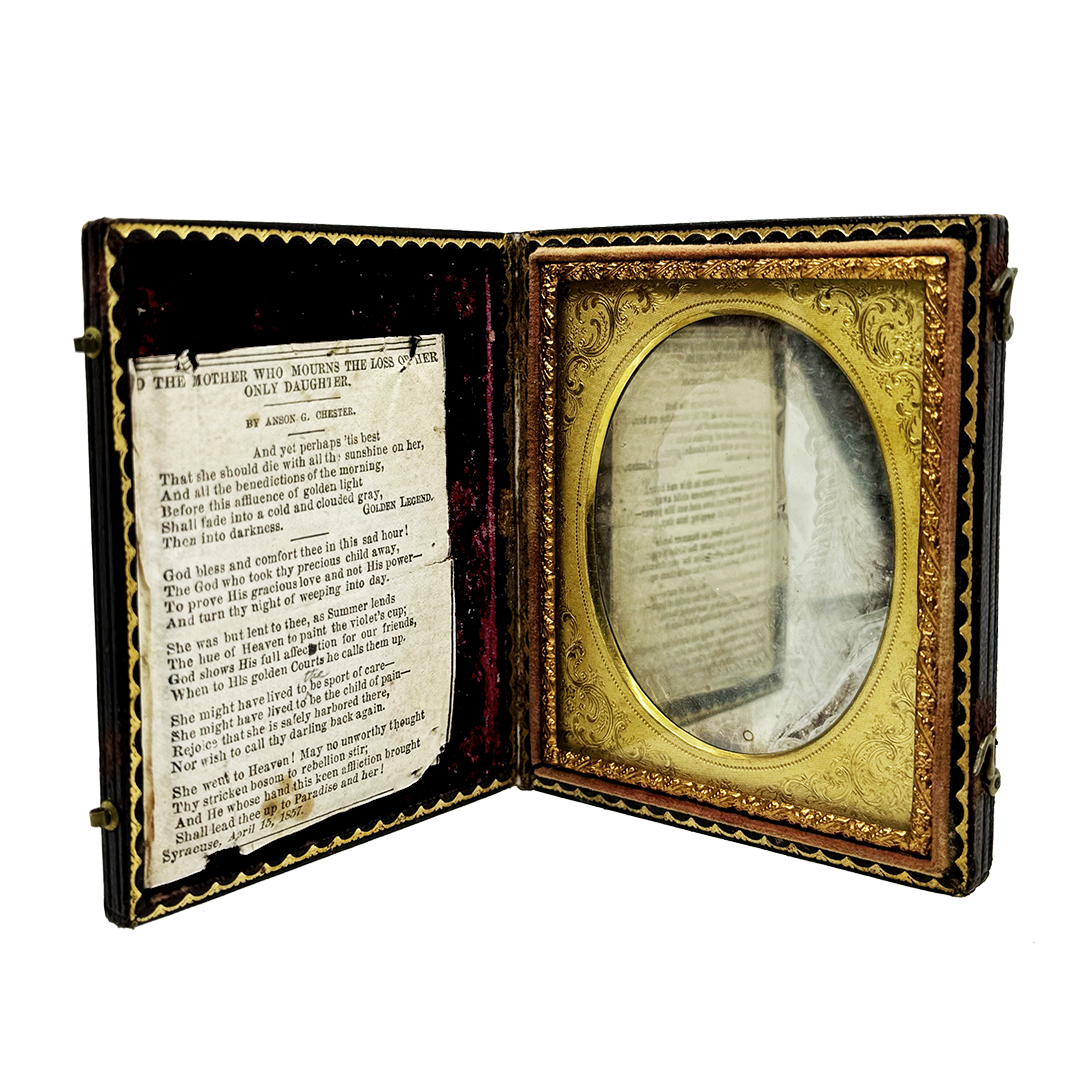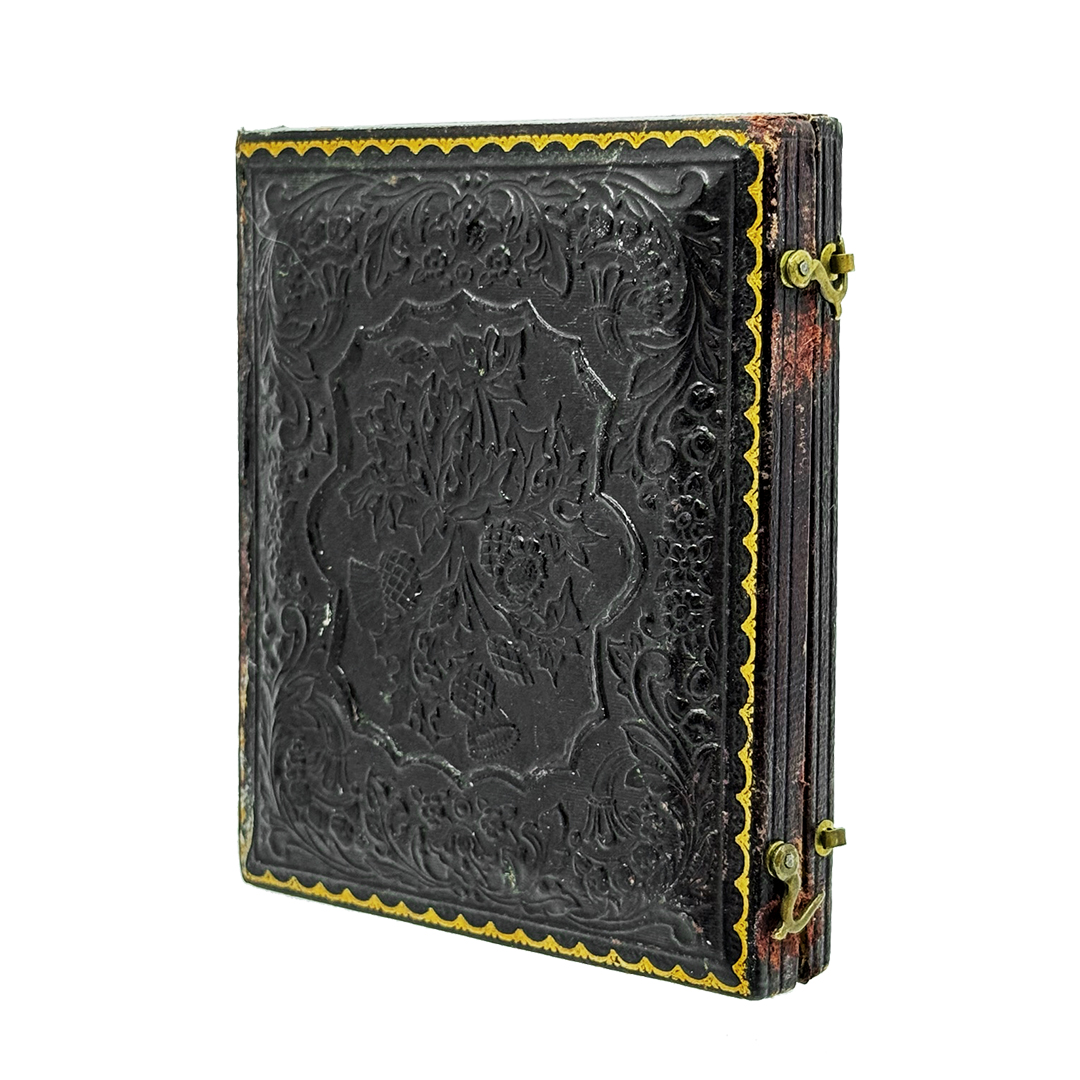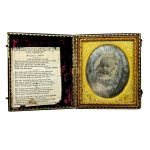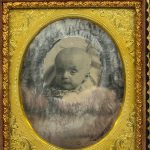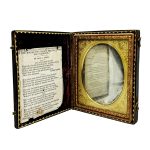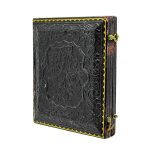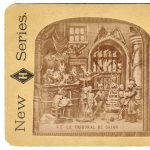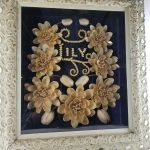Description
An extremely rare and hauntingly beautiful 1857 postmortem daguerreotype of a child. Unknown photographer. Presented in a full 6th plate case with plush pressed pattern purple velvet pad on the left side to which is fixed a poem titled ‘The Mother Who Mourns the Loss of Her only Daughter’ by Anson G. Chester, dated April 15, 1857 in Syracuse New York. On the right, the photo is presented in a very ornate pressed copper plate housing with intricate detail. The child is deceased with eyes open. The photographer has presented her in a surrounding scratched or brushed pattern to represent the clouds of heaven. This design was primarily reserved to honour deceased infants and soldiers.
Photography of the dead seems morbid today, but for previous generations it was often the last chance to get a likeness of a loved one. By the mid 1800s photography was becoming increasingly affordable leading to memento mori photographic portraits. These photos might have been peoples first experience with photography, but as families acquired their own cameras and took snapshots of day-to-day life, death portraits became less necessary. There were already numerous photos of the deceased alive.
Louis-Jacques-Mandé Daguerre invented the daguerreotype process in France and announced to the public on August 19, 1839. Popularity of the daguerreotype declined in the late 1850s when the ambrotype, a faster and less expensive photographic process, became available. The daguerreotype is a direct-positive process, creating a highly detailed image on a sheet of copper plated with a thin coat of silver without the use of a negative. This means there were no means for duplication so the image you hold today is literally the actual image placed in the image of the original sitter or family member. Exposure times for the earliest daguerreotypes ranged from three to fifteen minutes explaining the lack of facial expressions, the use of posing stands often visible behind the subject and or blurred ‘ghost like’ imagry should the subject move.
The case has a repaired hinge but otherwise in excellent condition. The image is beautiful. Case measures 3.125 x 3.625 x .675 inches deep

